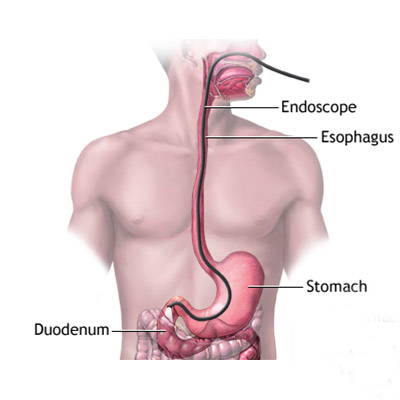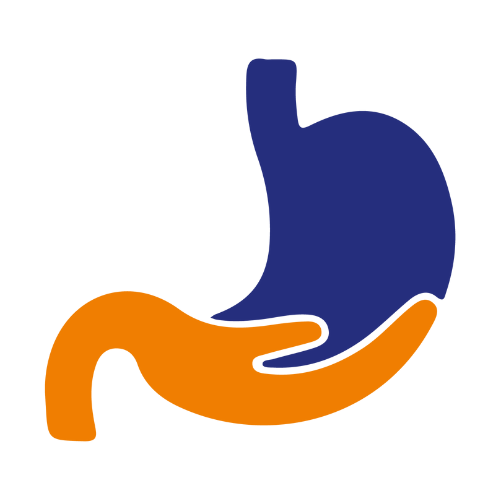
Enteroscopy
What is an Enteroscopy?
Enteroscopy is primarily used to find the source of intestinal bleeding, but can also be used to find lesions and determine causes for nutritional malabsorption. Enteroscopy is also known as Double Balloon Enteroscopy, Capsule Enteroscopy or push & pull Enteroscopy. Enteroscopy includes several types of procedures that allow a physician to look further into the small bowel (which is up to 20 feet long) than is possible with other methods. There are two types of Enteroscopy: Upper Enteroscopy & Lower Enteroscopy

Why is an
Enteroscopy performed?
An enteroscopy is commonly used to diagnose problems in the digestive system and is generally recommended after other imaging tests such as colonoscopy or barium tests revealed a problem in the GI tract. Enteroscopy may be required if the patient has the following signs & symptoms:
- High WBC count
- Suspected tumours in small intestine
- Bleeding in Digestive tract
- Bowel obstruction
- Diarrhoea
- Unexplained malnutrition
- Damage caused to intestines due to radiation treatment
The following are some of the instructions your gastroenterologist would give you before performing an Enteroscopy.
- To avoid solid foods & milk before midnight on the night before the procedure
- To drink only clear liquids such as water, lemonade, ginger ale, tea or coffee without milk
- To discontinue certain medication such as aspirin or other blood thinners temporarily
- To stop consuming any liquids at least 4 to 5 hours prior to the procedure
How one should prepare?
What to Expect During & After the Procedure
What Happens After Procedure?
- After the procedure, the patient may feel bloated and have an urge to pass gas.
- The patient will be allowed to have light fluids a few hours after the procedure.
- The patient can resume his or her regular activities from the next day itself.
- However, it is best to check with your doctor before taking part in vigorous workouts.
What to Expect During the Procedure?
-
The procedure typically takes anywhere between 45 minutes to 120 minutes. However, it is an outpatient procedure and the patient would be allowed to go home on the same day. Depending the problem that is suspected, an upper or lower enteroscopy may be performed.
- In upper enteroscopy, the doctor inserts the tube through the patient’s mouth and moves it down through the oesophagus into the stomach. During the procedure, the doctor may need the patient to swallow or adjust the tube. In case of any abnormalities, a sample of tissue may be removed.
-
In lower enteroscopy, the doctor inserts a tube with a balloon attached to it into the rectum. He will then inflate the balloon to get a clear view. If the doctor identifies any polyps or abnormalities, the doctor may remove a tissue sample for analysis.
What are the risks of a Enteroscopy?
Post procedure, patients may experience certain side effects such as:
- Sore throat
- Bloating
- Nausea
- Bleeding
- Cramps in the abdomen
In rare cases, complications such as pancreatitis, internal bleeding or tear of the lining of small intestine may be reported. Hence, an Enteroscopy is usually not suggested for obese individuals, heart or lung patients and pregnant women
It is best to consult the gastroenterologist immediately if the patient experiences:
- Major bleeding in stools
- Severe pain in the abdomen
- High Fever
- Vomiting
Contact us
Call Us
Our Location
A-Ground Floor, Lancelot Apartment, Opposite Kalyan Jewellers S.V. Road, Borivali West, Mumbai, Maharashtra 400092.
